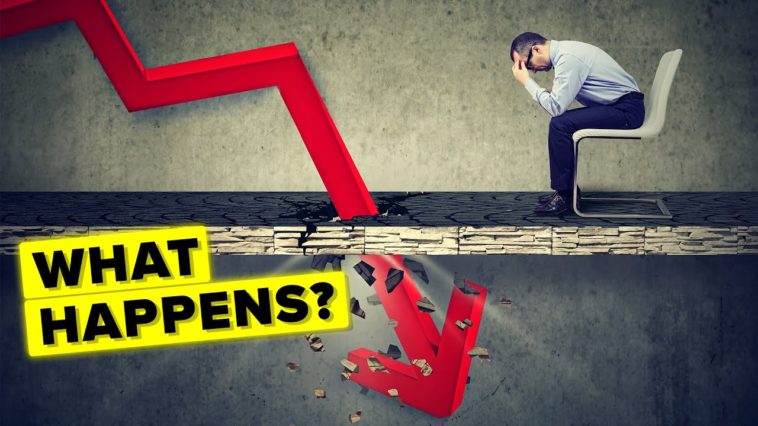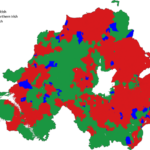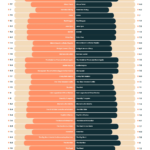Video Infographic : What Actually Happens When You File For Bankruptcy
Video
Description
What happens when you can’t pay your debts? Well, once upon a time such as in ancient Greece you might have ended up in debt bondage. Being a debt slave meant that you and sometimes your family would work for the person you owed money to pay off your debt. This is distinct from slavery, since you were freed once your debt was paid. Later on in history, like in Victorian England, the poor were sent to horrific debtors’ prison and would only be released when their debt was paid in full by friends or family. Other debtors’ prisons functioned similar to workhouses and a debtor worked off not only their debt, but their room and board to be freed.
Currently, many countries now practice some form of bankruptcy which reigns in debt and allows debtors to get a fresh start financially. That’s not to say that questionable debt practices no longer exist; in some parts of the world, such as South Asia and Sub-Saharan Africa debt bondage is still practiced. The United Nation estimates that 8 million people are trapped in bonded labor. Thankfully, there are many groups working to improve lives of and free people from what the UN considers a ‘modern day slavery practice’.
However, today we’re discussing the basics of how personal bankruptcy functions in the United States. There are actually 6 different possible types of bankruptcy in the US. They are each named for the portion of the Bankruptcy Code they are found under: Chapter 7, Chapter 9, Chapter 11, Chapter 12, Chapter 13 and Chapter 15. Each Chapter addresses a different type of bankruptcy, for example Chapter 9 applies to the bankruptcy of municipalities such as towns or cities.
Check out my new channel I Am:
🔔 SUBSCRIBE TO THE INFOGRAPHICS SHOW ►
🔖 MY SOCIAL PAGES
DISCORD ►
Facebook ►
Twitter ►
💭 SUGGEST A TOPIC
📝 SOURCES:
All videos are based on publicly available information unless otherwise noted.



